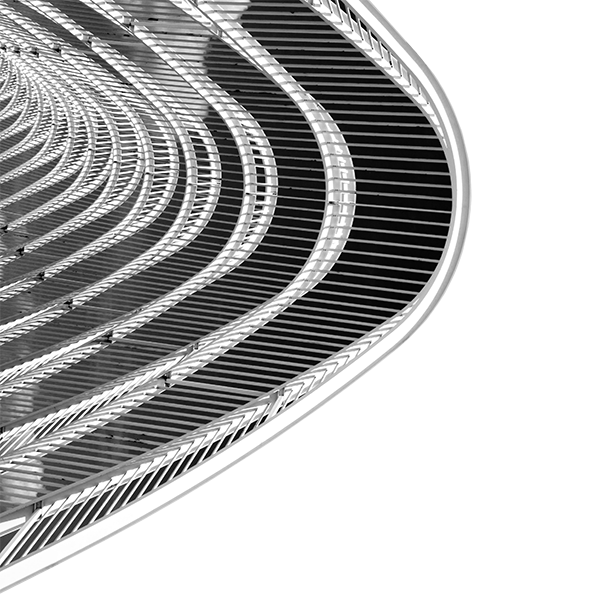HIRF & Lightning Certification of eVTOL Aircraft
Abstract:
With electric Vertical Take-Off and Landing (eVTOL) aircraft, the engineering community is once again called to support an emerging technology that could have an amazing impact on the way people and goods are transported allowing for safer and more environmentally friendly urban mobility.
There are a number of technical challenges that need to be tackled and solved.
- Widespread use of composite materials
- Hybrid and fully electric propulsion systems
- Potential for radio frequency interference (RFI) due to the external electromagnetic environment and the vehicle’s RF systems
- Safety of the passengers and the management of air traffic
Further, as with any new air vehicle, eVTOL air taxis must be certified for high intensity radiated fields (HIRF) and direct and indirect effects of lightning strikes.
Topics to be covered:
- Overview of the requirements and standards to be applied
- Unique challenges of eVTOL air taxis with regards to the lightning and HIRF environments
- How development teams can implement efficient procedures to obtain certification
- How lightning protection must inform the aircraft design process
- Illustrate the role of numerical modeling to assist the certification
KEY TAKEAWAY:
- Learn the challenges of HIRF and lightning certification for eVTOL air taxis
- Learn how to implement efficient design processes to achieve certification
- Discover the role of numerical modeling in the certification process
BIOS
 Billy Martin is the Director of Special Projects at the Environmental Test Lab at the National Institute for Aviation Research (NIAR) at Wichita State University. He is also a Designated Engineering Representative for the FAA in the area of electromagnetic environments, including EMI, HIRF, and lightning. Previously, Billy worked at Cessna Aircraft Company for 24 years, where he served as supervisor for the Electromagnetics Effects Group. He has been involved in leadership positions for every commercial aerospace EME committee since 1990, including serving as Chairman of the SAE AE-2 Lightning Committee for over 18 years.
Billy Martin is the Director of Special Projects at the Environmental Test Lab at the National Institute for Aviation Research (NIAR) at Wichita State University. He is also a Designated Engineering Representative for the FAA in the area of electromagnetic environments, including EMI, HIRF, and lightning. Previously, Billy worked at Cessna Aircraft Company for 24 years, where he served as supervisor for the Electromagnetics Effects Group. He has been involved in leadership positions for every commercial aerospace EME committee since 1990, including serving as Chairman of the SAE AE-2 Lightning Committee for over 18 years.
 Justin McKennon is a Principal Scientist at Electro Magnetic Applications and an industry recognized leader in understanding and simulating the effects of lightning and other electromagnetic effects, having published dozens of papers and been an invited speaker at numerous conferences and events. He obtained his Bachelor’s and Master’s degrees in Electrical Engineering from the University of Massachusetts. He holds an FAA Designated Engineering Representative license in all lightning disciplines. His areas of expertise are in lightning effects on aircraft, wind turbines, systems, etc., finite element analysis, aircraft certification, and electromagnetic effects. He has previously worked for large defense contractors, and recently served as the Chief Engineer of NTS Lightning Technologies.
Justin McKennon is a Principal Scientist at Electro Magnetic Applications and an industry recognized leader in understanding and simulating the effects of lightning and other electromagnetic effects, having published dozens of papers and been an invited speaker at numerous conferences and events. He obtained his Bachelor’s and Master’s degrees in Electrical Engineering from the University of Massachusetts. He holds an FAA Designated Engineering Representative license in all lightning disciplines. His areas of expertise are in lightning effects on aircraft, wind turbines, systems, etc., finite element analysis, aircraft certification, and electromagnetic effects. He has previously worked for large defense contractors, and recently served as the Chief Engineer of NTS Lightning Technologies.

